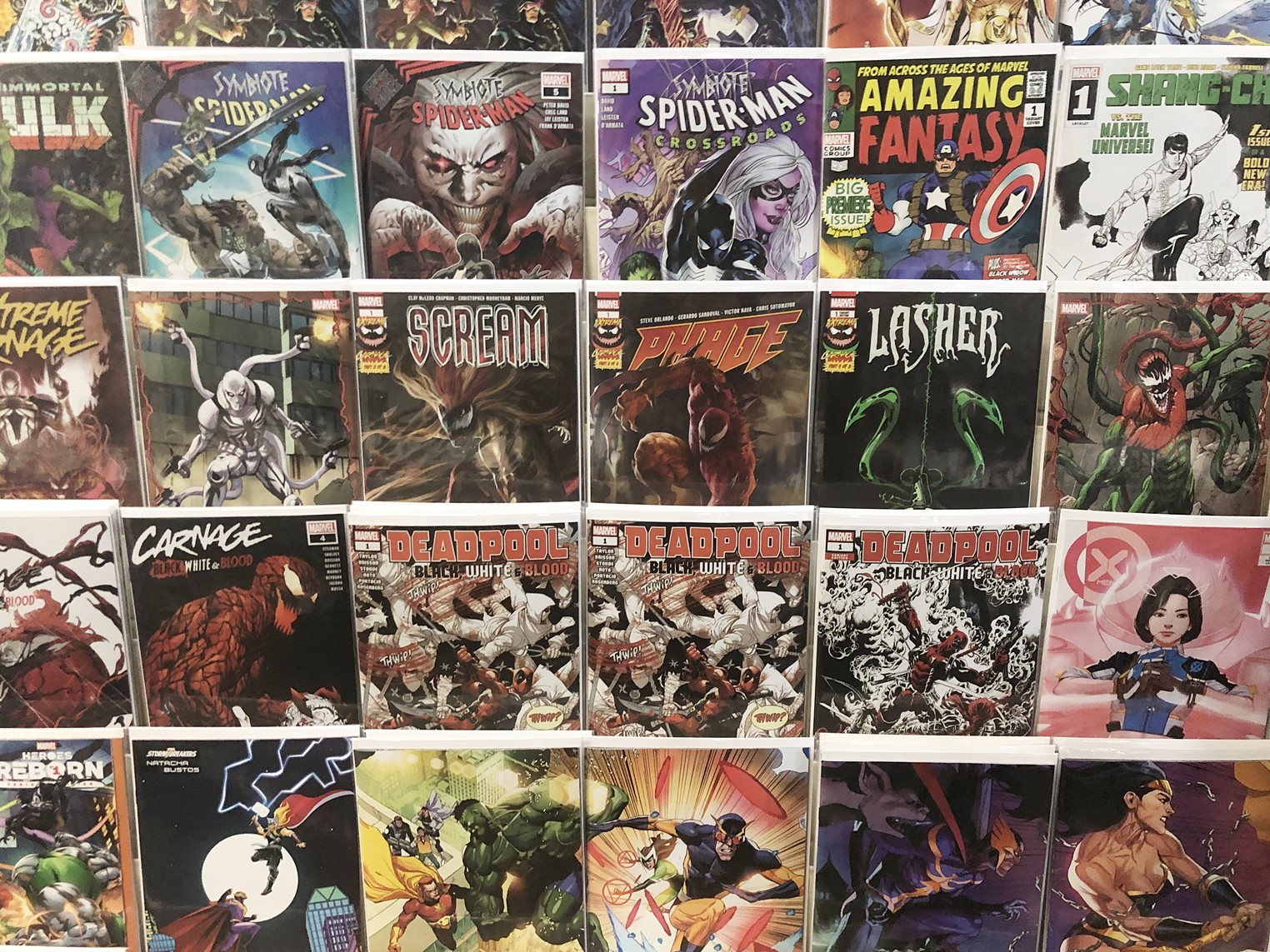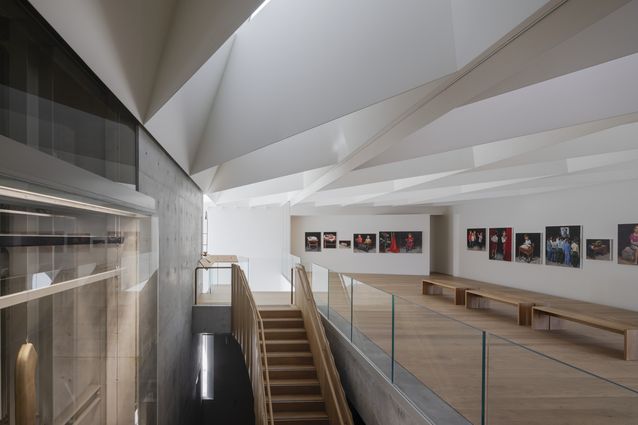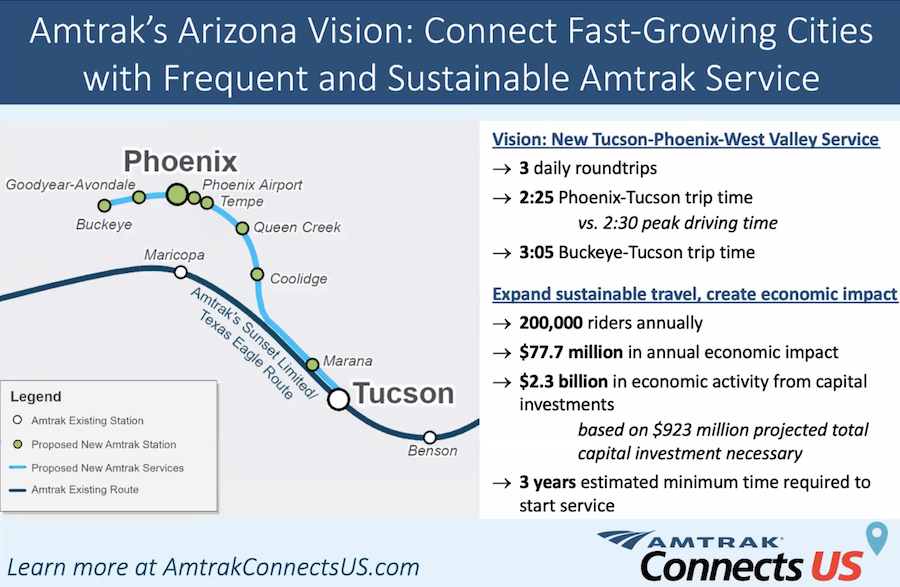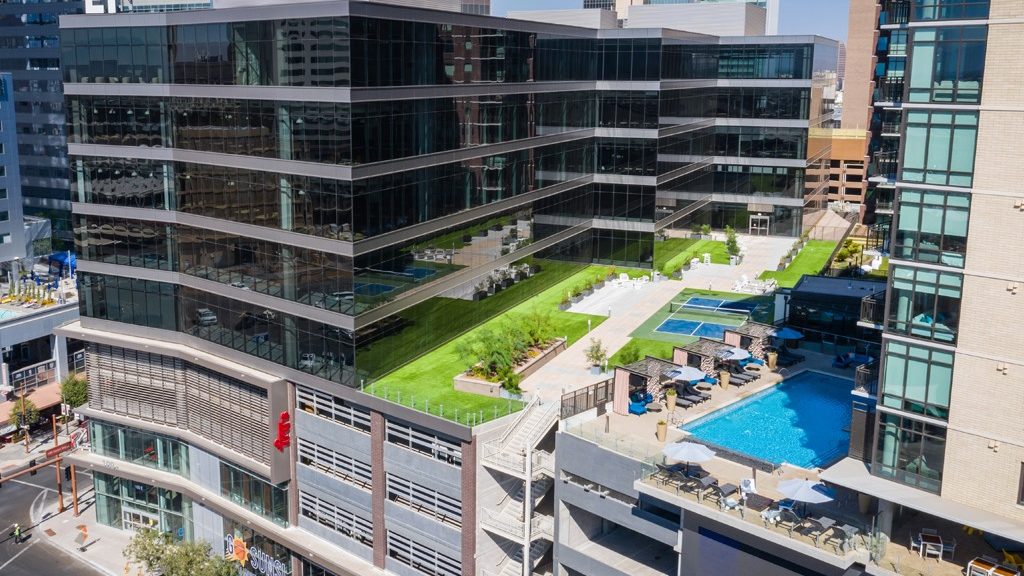
It’s an exciting time to be an investor or developer in Greater Phoenix. The subway multi-family market is enjoying one of the most robust activities in its history, driven largely by its diverse economy and favorable demographic trends. According to Yardi Matrix data, multi-family sales from 2021 to September totaled more than 8.5 billion. Intel’s $ 20 billion expansion in Chandler, Taiwan Semiconductor Manufacturing Co.’s $ 12 billion facility taking shape in Deer Valley, and the abundance of industrial facilities in the West and Southeast Valley cities and relocation from offices to Tempe, Scottsdale and Downtown Phoenix have all of these created a significant boost to the Phoenix multi-family market. “The business-friendly environment of the state of Arizona and the decision to remain open for business during the pandemic has allowed current businesses to expand and grow, and has prompted new businesses to locate and relocate to the metropolitan area to benefit from fewer regulations and taxes. ”Paul Tuchin, director of High Street Residential, the Trammell Crow Co. subsidiary, told Multi-Housing News. To find out which areas of the subway are most in demand and why, we analyzed Yardi Matrix data and spoke to several local real estate experts about the dynamics of the rental market. The conclusion? Phoenix is booming and there is no end in sight to its growth. 1. Scottsdale Scottsdale, Arizona. Image courtesy of Mark via Unsplash North and South Scottsdale are two of the busiest areas of Phoenix, with developers working together on 2,848 units as of September, according to Yardi Matrix. A whopping 7,100 more were in the planning and approval phases, including High Street Residential’s Raintree, a 192-unit project that is currently in the pre-development phase. One possible reason Scottsdale’s appeal has only recently increased is its average one size fits all. Those who have worked remotely have started to appreciate more spacious floor plans, and Scottsdale ranked third in the US for apartment size growth for the past 5 years, a study by RentCafe found. Current projects in Scottsdale indicate an average apartment size of 1,139 square feet, around 200 square feet larger than 5 years ago. This could explain why Scottsdale was the top city by net removals, according to a study by HireAHelper, the online marketplace for finding, comparing and booking moving transportation and services, with 68 percent more people moving in between January and June 2020 leave. 2. Tempe Home to the main campus of Arizona State University – one of the largest public research universities in the country – Tempe is another preferred location for development and investment. The city’s well-trained workforce has encouraged several large companies to relocate or relocate their headquarters here. Tempe, Arizona. Image by Dimitar Donovski via Unsplash Earlier this year, Align Technology announced that it had relocated its global corporate headquarters from San Jose, California to Tempe. is another company that Tempe chose over Silicon Valley. And with all of these jobs coming to Tempe, the Valley, and the greater Phoenix area in general, the multi-family industry is struggling to keep up with demand, which is driving rents to record levels. “We build over 10,000 residential units per year and still cannot keep up with demand. The rents will continue to rise. Realistically, I expect rents to rise by 8 to 10 percent, which is above the national average, ”said John Kobierowski, President & CEO of ABI Multifamily. 3. Deer Valley – Union Hills The northern section of the metro is another hot area. And since TSMC announced it would spend $ 12 billion on a chip factory here between 2021 and 2029, housing demand has only increased. TSMC has already started work at its 1,128 acre manufacturing facility near Interstate 17 and Loop 303 and has put the entire subway in the spotlight. “Phoenix is among the top metropolitan areas in terms of population and income growth, driven by massive investments and a steady influx of large companies moving here. As a result, the demand for living space exceeds the supply, and this leads to considerable rent increases, ”Kobierowski told MHN. Yardi Matrix reveals that developers shipped a total of 1,202 units in Deer Valley and Union Hills in 2020, and 656 more will go online through September this year. But despite the significant increase in supply, the high demand for multi-family products in this easily accessible area continues to depress rents. ALSO READ: Top Western Markets For Rental Growth 4. Chandler-Gilbert In March 2021, Intel announced a $ 20 billion investment in two chip factories in Chandler. Since that news, the area’s real estate market has gone through the roof. Construction starts for apartment buildings have more than doubled, with developers laying the groundwork between January and September with 3,060 units in Chandler and Gilbert. In the same period of 2020, developers only built 1,464 homes, Yardi Matrix shows. The development is mainly driven by immigration. People across the country consider Phoenix a viable alternative to expensive coastal markets. The continued influx of new residents, combined with the imbalance between supply and demand, is forcing real estate companies to invest heavily in well-located Class B multi-family products as well. For example, Tides Equities closed 17 transactions in Phoenix from 2021 to September, representing a volume of nearly $ 1 billion. “An incredible number of people have moved to Phoenix year after year. The affordability story there is still pretty strong as you have access to strong, high paying jobs without sacrificing the quality of life, ”said Sean Kia, Co-Founder and Director of Tides Equities. 5. Western suburbs of Phoenix. Image by Evgeni Tcherkasski via Pixabay West Valley cities like Glendale, Avondale, Goodyear and Peoria are also seeing a surge in new apartment and single-family homes, Tuchin noted. In these western areas, land was more available than other areas of the subway, there is a relatively less demanding entitlement process, and developers have been able to offer cheaper rental options that will attract the workforce. In the four cities mentioned above, developers laid the foundation stone with 2,395 units in the course of the year so far up to September, almost seven times more than in the same period of the previous year. Yardi Matrix shows that the completions of apartment buildings in these cities have skyrocketed: from 549 units in 2020 to 1,587 units in 2021. Need land ”, called Kobierowski.
[ad_2]











